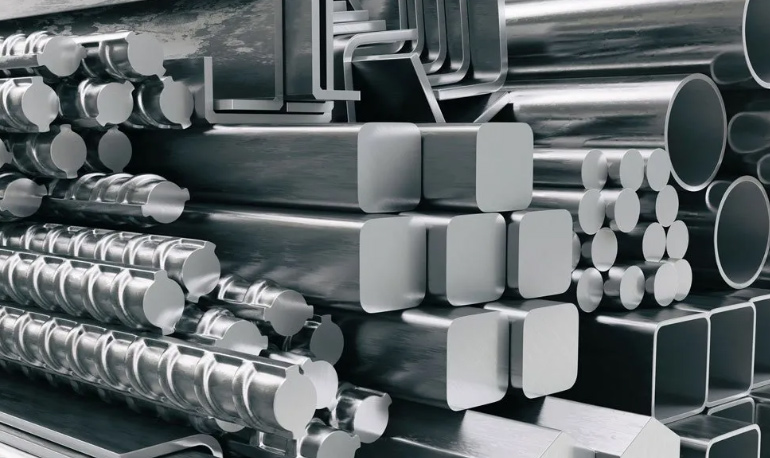Beşevler Küçük Sanayi Sitesi 12.Sk. 15. Blok No: 53-54 Nilüfer / BURSA


Beşevler Küçük Sanayi Sitesi 12.Sk. 15. Blok No: 53-54 Nilüfer / BURSA

IRON & STEEL
Iron, a naturally occurring element, was first discovered in B.C. It was smelted into silvery/white metal at 2,400 BC. Cast iron is hard and brittle; In contrast, wrought iron is soft and malleable. Iron from the blast furnace (pig iron) is an alloy of iron and carbon (about 4%) containing small amounts of silicon, manganese, phosphorus, sulfur and other elements. Iron is more versatile than steel, which is an iron alloy. Steel is produced in basic oxygen furnaces and has less carbon content. Other elements, especially manganese, are adjusted or added to achieve the desired properties. There are thousands of steel grades available today. Even high carbon steels no longer contain more than 1.5% carbon, although some high-alloy steels can reach 2.5%. Carbon allows steel to harden through heat treatment.
SEAMLESS PIPE
Thanks to their homogeneity in microstructure, seamless pipes have higher strength than welded pipes, but they are more expensive to produce. It is produced by rolling preheated billet between offset mills. At high rolling speed and pressure, this configuration creates pressure in the center of the billet and creates the tube sleeve by piercing it with a pointed rod. This sleeve is then extended with a mandrel or long rod on a multiple rolling mill, inserted into the tube to achieve the desired wall thickness and diameter range. The pipe diameter can also be reached using a sizing collar, but for large diameter changes, the pipe is preheated and passed through a stress relief mill. This multi-rolling machine reduces the outer diameter but does not change the wall thickness. Typical applications of seamless tube are boiler tube, oil and gas industries, and automotive transmission components.
WELDED PIPE
Welded pipe is manufactured from hot rolled or cold reduced sheet metal, sheet metal or plate. Small and medium diameter pipes are produced in continuous, multi-roll plants that bend unheated sheets into circular cross-sections before being sewn longitudinally. The tube can subsequently be cold drawn from molds to achieve precise dimensions. This process is less expensive than the seamless process but generally has lower mechanical and compressive performance. Large diameter pipes are produced from sheet cut to size. The plate is bent first in a "U" shape and then in an "O" shape. It is erected before mechanical or hydraulic expansion, the “E” stage of the EOE process, to achieve exact dimensions. The diameter of these pipes can be found in the range of 400-1,600 mm. Spiral welded pipe, on the other hand, uses hot sheet metal that is bent as it passes through a rolling mill to form a hollow spiral, and is then stitched. Although these pipes are cheap to produce, their integrity is lower than conventional welded pipes. Their diameter can be up to 2,500 mm.
The band saw tension may not be sufficient.
Move the strip guide arm closer to the piece to be cut.
Try with a strip with larger teeth.
The feed rate may be high.
The progress rate is high.
Saw tension is high.
Pulley diameters are small compared to the band saw used.
The machine may be vibrating cutting.
Cutting speed is too high.
Tooth selection is not appropriate.
Lane rotation speed is wrong,
Movement of the part during cutting.
Cutting fluid cannot provide the necessary cooling and lubrication.
Your countertop may need maintenance.
Tuğcan Metal Makina Plastik Tekstil Mobilya ve Döküm Kimya Tic. ve San. Ltd. Şti.